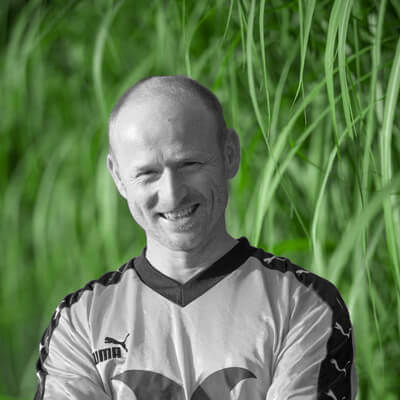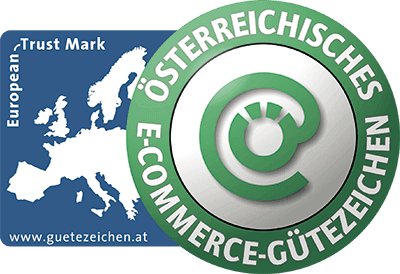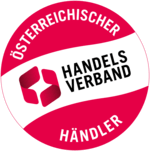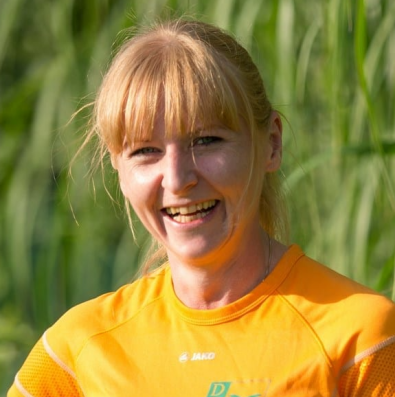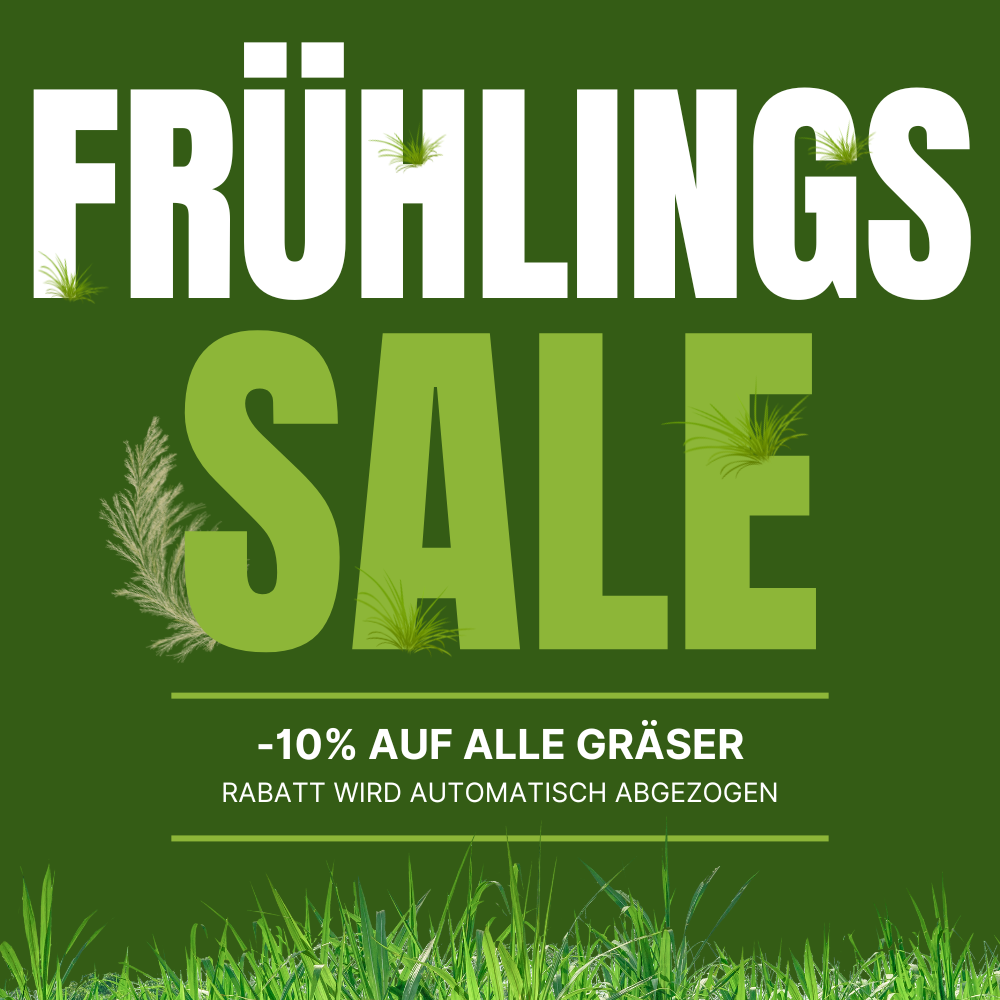Experiences with the common good economy
We at jumbograshecke.com want to give an insight into the world of the common good economy. As a mark of the service gardener, we are allowed to pass on the experience of the horticultural company on this topic. The service gardener has been working on it for some time now and has also created an entry-level report. Today, let us take a look at this alternative economic model – background, experiences and opinions.
A first insight into the economy of the common good

This alternative economic model is based on values that promote the community. Fairness, sustainability, democracy and a good life for all living creatures and the earth – these values are supported (or changed in their direction) and assessed on the basis of a given matrix. The community economy (GWÖ) applies to private as well as to municipalities, schools, companies and associations. They could all contribute to the common good.
Economic, social and political impulses are set:
Economically: The model is valid for all: company, school, community, regardless of size and legal form.
Politically: The legal changes and framework conditions are fixed here. The standards regarding fairness, human dignity, co-determination and solidarity, justice and sustainability should also be anchored in the Constitution in the long term.
Social: Here it is about awareness formation, courage, appreciation and networking with initiatives that pursue similar goals.
The common good economy matrix is one of the most important tools. The criteria to be assessed are defined here. Individuals see the extent to which their “WE-consciousness” is strongly influenced by the common good self-test. It does not take half an hour. Companies, municipalities or clubs and schools have gotten even harder. You create a report or a community report. You evaluate yourself by means of a point system, then you can have the whole externally checked – if one has done this one may publish report or balance sheet and follows an important wish of the movement – the transparency.
In the long term, public-sector companies will enjoy special legal advantages: e.g.: pay less taxes or get special conditions on loans, even in the case of public contracts these companies should be preferred to the others. In the ideal case, the profits generated should not be distributed to the outside but should strengthen the company. We will see whether the constraint on economic growth actually ceases, whether entrepreneurs will become more cooperative and creative, or whether trade will become fairer. This also hopes for a more fulfilling life.
Democratic processes have a high place in the common good economy. So everyone can bring his or her ideas about which is then decided accordingly. As already mentioned above, after which the GWÖ has taken all hurdles, we will be voted by ourselves (we the sovereign, the people) over this alternative economic model in order to anchor it in the constitution.
How did the service gardener come to this alternative economic form?
Valuable handling, environmental protection, employee support or corporate social responsibility (CSR) has made the service gardener at the company foundations on the flag. One is a climate-friendly company and has converted the fleet to 4/5 on alternative drives. In the office not only papers are saved but also environmentally friendly and the CO2 emissions are, of course, also known. Thus, it was clear that a public welfare balance is overdue.
What do the service gardeners themselves say?
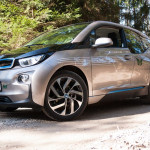
When we first came into contact with the common good economy, we were curious. What is the possibility with which one can show the public what one does in the enterprise so? Very quickly we were convinced that this could also be something for us. However, no one has yet guessed how much work is in the preparation of a balance. 40-60 hours as guideline does not sound much, but we have also invested more than twice the time.
The evaluation of the point system seems to be complicated at the beginning, but you get it very quickly and then it goes quite well. Only, how is his company now estimated? Since you can do as we did not do anything wrong, as in the external review, the auditors say one where you can sit quietly higher or where you can not give 100 points, there are still improvement possibilities as a nice learning process.
It is clear that we wanted to start with a balance: collect documents, visit the energy circuit meeting, and help the experienced accountants accept. A lot of things were also worked through alone and in the end we were sure: Our results are ready! However, this was not so – the evidence of what we were doing was missing, some questions remained unanswered. This gave us a little damper, which we finally invested for many hours. We decided to take a break for the first time. Instead, we made an entry report, which we also externally examine and read through the manual (a very good aid!). So the joy of the balance returned and we were able to prepare them for 2014. Next spring we will publish our first “big” balance sheet.
Not everything is bliss in the common good economy:
Even if the GWÖ applies to all, it will not be something for everyone. Among the negative criteria are some special points that some companies will demand a lot. Using the example of nuclear power or even coal works, one can see this: they fall into undesirable products and get 200 minus points. As an entrepreneur you have to be able to argue quite well and invest a lot in the positive criteria to get a good value.
Critical voices are also to be heard here: The Julius Raab Foundation has devoted itself to the subject several times: once in the “attack on our prosperity?” further as a critical review by Dr. René Schmidpeter. They show the negative aspects of this economic model or that some approaches should be reconsidered – expropriation, limitation of the freedom of the individual. Strictly further thought one comes to the dictatorship – as far as it does not come = the way until this economic form will be valid around the globe is thus still far.
Why does someone create a community balance sheet?
First and foremost to show what his company is still doing. It’s about visibility and transparency. Often it is so that you live internally much, but it remains invisible to outsiders. The balance sheet helps to show what the company does not only for the economy but also for the employees and its environment. You share the visions and exchange ideas.
In addition, you can see his potential for improvement – you might think that some things are already perfect, but the matrix shows you how to improve. Sense of the thing is certainly not the one from the beginning everything makes perfect. Setting goals and taking the path is the motto.
Stefi Wassermann, GTM
DSG Mondseeland




